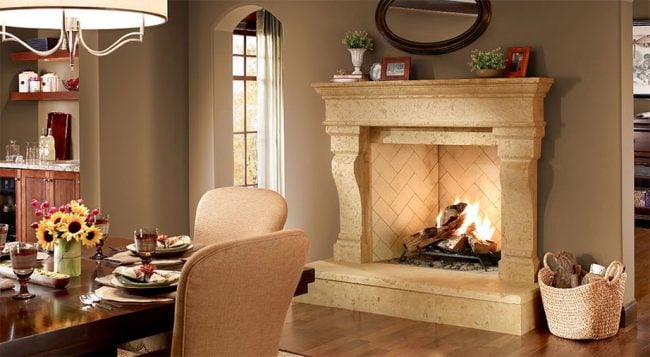
This sounds sensational, but in fact it may much closer to the truth than many homeowners are willing to imagine. Residue from your hearth fire makes its way up your chimney and builds up on your flue over time. This residue, known as creosote, is responsible for the most intense and destructive fires that occur in homes. Over time, your chimney flue becomes a powder keg, waiting for your next fire as a catastrophic detonator.
Understanding the Bomb: Creosote Build-Up and Ignition
While some fireplaces are more susceptible to creosote than others and the more often you use your fireplace, the greater the risk to your home, every fireplace will experience some level of creosote build-up. Moreover, gimmicks such as self-cleaning chimney logs have not shown to significantly reduce the chance that this creosote will ignite. Different chimney liners will affect the relative danger, but if you have a wood-burning fireplace, there is no surefire remedy other than having your chimney cleaned by a certified chimney sweep.
With repeated heating and high moisture content, the ignition temperature of creosote is generally considered to be 451 degrees, the same as paper (also why the book is called Fahrenheit 451). As little 1/8″ to 1/4″ is needed to cause a significant creosote chimney fire. When ignited, creosote can burn at temperatures easily exceeding 2,000 degrees Fahrenheit. People who have witnessed creosote burning fires frequently describe it as “a low-flying jet.” The inferno in your fireplace can rapidly incinerate the chimney itself and create a blaze that will result in total property loss and possible death.
High-Risk Behaviors and Fireplace Myths
1. Using Unseasoned Wood: Many people think that the problem with unseasoned wood is that it takes longer to dry out and produce a solid, crackling fire. This may be true, but there are also serious repercussions to using this type of wood. The extra smoke and lower temperatures, associated with unseasoned wood, also means greater and faster creosote build-up.
2. Short-Term Use: Another factor with creosote build-up is the temperature of your chimney flue—the colder the flue, the greater the build-up. Creosote is created when the smoke from a fire condenses. Thus, you can imagine steam on a glass of cold water. For this reason, most of this by-product is created at the beginning of a fire. Homeowners who use their fireplace frequently, but for shorter periods of time, may be at the greatest risk for the worst types of chimney fires.
3. Fires Start Inside the Chimney: Some do, of course, but many fires also start outside the chimney. Rotted wood in your attic, created from roof leaks or poor ventilation, may have an ignition temperature equal to or lower than a piece of paper. If this wood is touching the outside of your chimney, the fire can actually start outside your chimney and quickly spread throughout your home.
4. My Flue is Open, so Carbon Monoxide is Vented: Here is one of the more common and dangerous myths about fireplaces. Small chimney fires can flare and go out, before they create the inferno that can quickly destroy your home. These fires or extreme temperature changes, however, can create cracks in your chimney through carbon monoxide can be diverted and backtrack their way through your home.
5. Chimney Inspections are Expensive: A chimney inspection will run about $50-$100. If your chimney also needs cleaning, you might spend between $100-$300, but keep in mind that the cost of major chimney repairs, resulting from neglect, can cost thousands of dollars or more.
Chimney Sweeps and Tricks of the Trade
It’s worth noting that some homeowners have the ability to get on their roof and look down their chimney flue. You can look for signs of damage, cracks in tile liners, rust on metal liners, or cracked masonry/missing mortar. That said, there is no substitute for an inspection from a certified chimney sweep. Even honest home inspectors will tell you they don’t have the same level of knowledge and expertise as these highly specialized professionals. Chimney sweeps will have special cameras that can look at every inch of your chimney flue.
The Chimney Safety Institute recommends that if you use your fireplace three times a week or more during the heating season that you have your fireplace inspected AND cleaned at least once a year. Everybody else should have their chimney inspected at least once every year, if for no other reason than to get rid of pests that may have decided to nest in your chimney.
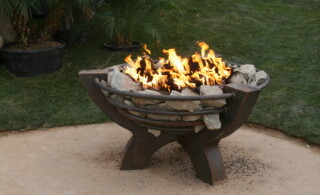 Home Fire Pit Safety Precautions
Home Fire Pit Safety Precautions 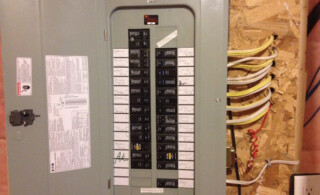 Electrical Hazards
Electrical Hazards 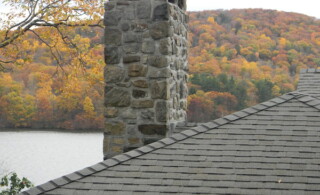 Chimney Maintenance Keeps Your Family Safe
Chimney Maintenance Keeps Your Family Safe 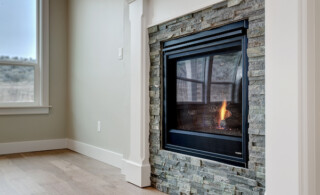 How to Keep Smoke Out of Your Home
How to Keep Smoke Out of Your Home 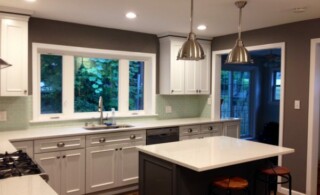 Gas Detectors
Gas Detectors 

Are You Familiar With This Topic? Share Your Experience.